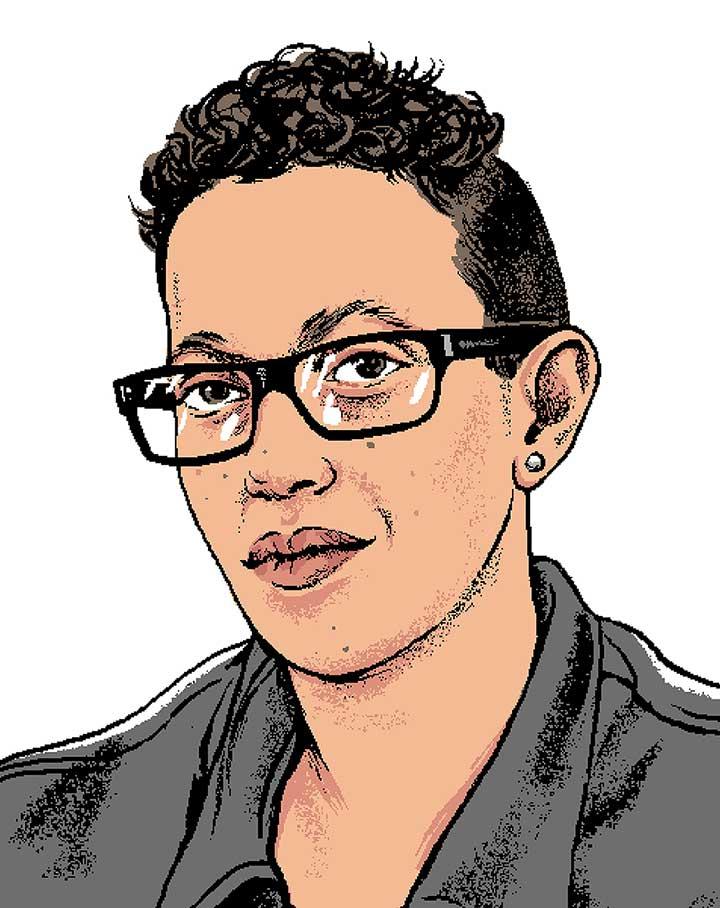Imagining the Changing Shape of Architecture
Behind the Research: V. Mitch McEwen, architecture
V. Mitch McEwen was a natural-born architect, long passionate about drawing, math, and computers. An undergraduate painting class at Harvard’s Carpenter Center for the Visual Arts cemented her calling — not because of the instruction, but because of where the class took place, in the only building in the United States designed by Swiss-born architect Le Corbusier. “That building just blew me away,” McEwen says. In Washington, D.C., where she had grown up, buildings were merely signs of bureaucracy. The Carpenter Center, she says, made her “realize architecture could do something else.”
Now, as an assistant professor of architecture at Princeton and co-founder of design collaborative A(n) Office, McEwen takes innovative and artistic approaches to urban planning. Her goal is to address social and environmental issues: “My philosophy in architecture is that we have to be optimistic about the future in order to make new potentials in the present.”
McEwen’s Studies: A Sampling
AGAINST THE FLOW
For more than five years, lower-income residents of Detroit have been hit with high water bills and regularly have their water shut off. Some residents experience flooded basements, McEwen says. Despite perceptions that city residents simply don’t pay their water bills, McEwen’s research revealed more complex and systemic causes are at play. She found water overflow from the growing outskirts of the city ultimately flows into urban pipes, which then become overextended with recurrent or heavy rains. The entire network benefits the interests of suburban residents over city residents, McEwen says. So the question becomes: “How do you change the larger system of suburban sprawl so that [risks are not] pushed onto these urban residents?”
A MOVEABLE FEAT
During the 2011 Occupy Wall Street protests in New York City, McEwen became fascinated by the ways human movement and social activity can change how an urban space is used. “A table enables you to share a cup of coffee with somebody. If you do that with 10 people, you kind of have a café,” she explains. McEwen wanted to design furniture that mirrors our active lives. She developed the concept of wearable furniture such as the “Streetwearable Table”— a portable table created by a hard inlay that is inserted into a soft material affixed to two people’s waists.GREEN BUILDING
Though plentiful and eco-friendly, bamboo historically hasn’t been used much in commercial building because it is less predictable in consistency and dimensions than lumber. But as climate change has led bamboo to become increasingly invasive, planners want to find ways to help manage its spread. By creating custom robotics, algorithms, drawings, and models, as well as collaborating with engineers and others on material treatments to build with bamboo, McEwen hopes to encourage its use in different geographical areas. She also plans to create an entire suite of building products from other weeds and historically discarded materials.















No responses yet